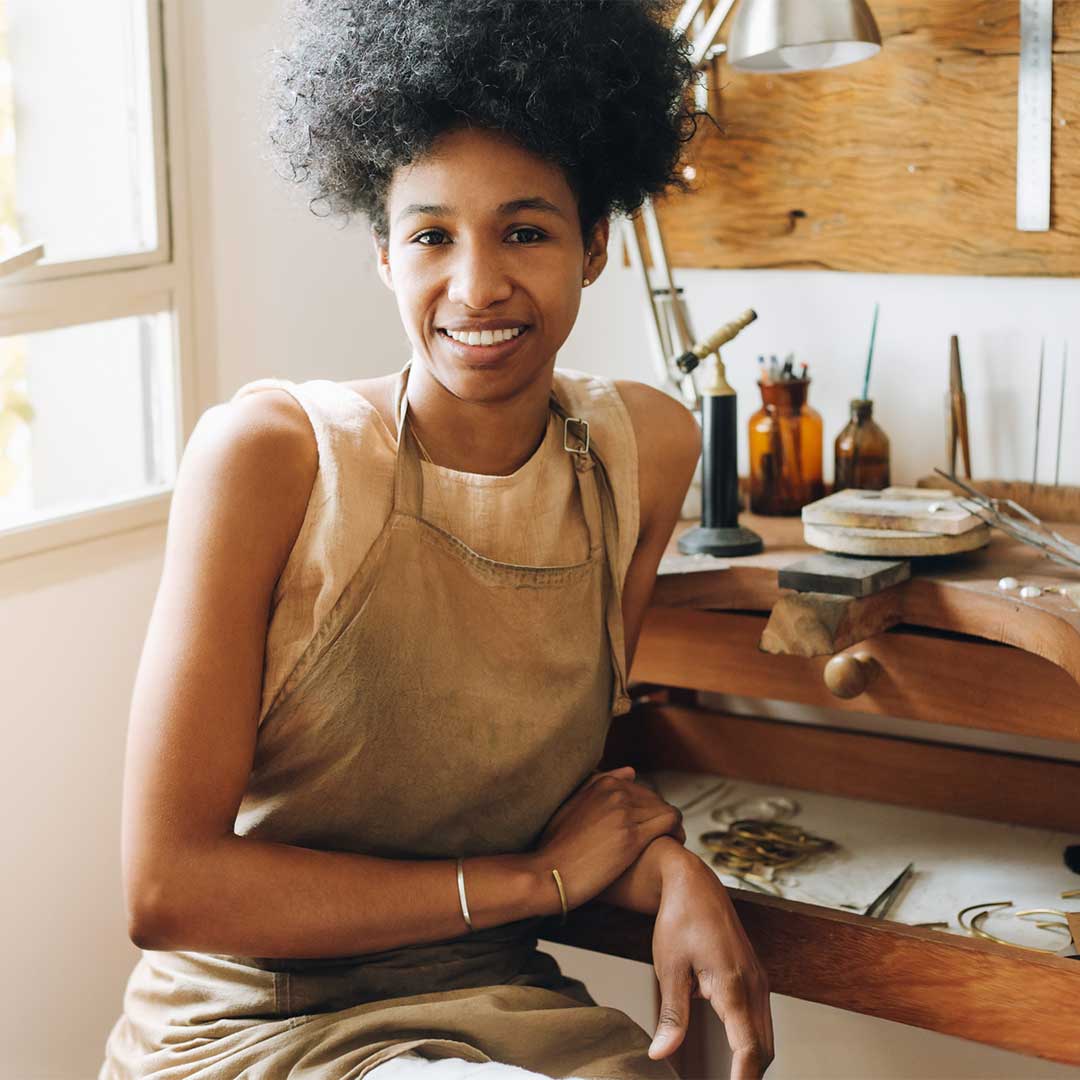The Journey
Like many artists, I began creating at an early age. As a young child, a box of crayons, some blank sheets of paper and a pencil with an eraser could keep me happy for hours. Actually, that’s still true today.
It looks like you’re out of free articles.
Become a Women Create member to read this full article.
Already a member? Sign in

Monthly Membership
- Unlimited access to the Women Create website
- Monthly Maker Moments livestreams, members-only newsletters and more

Annual Memberships
- Unlimited access to the Women Create website
- Print and digital subscriptions of WHAT Women Create magazine, WHERE Women Create magazine, or both
- Monthly Maker Moments livestreams, members-only newsletters and more








